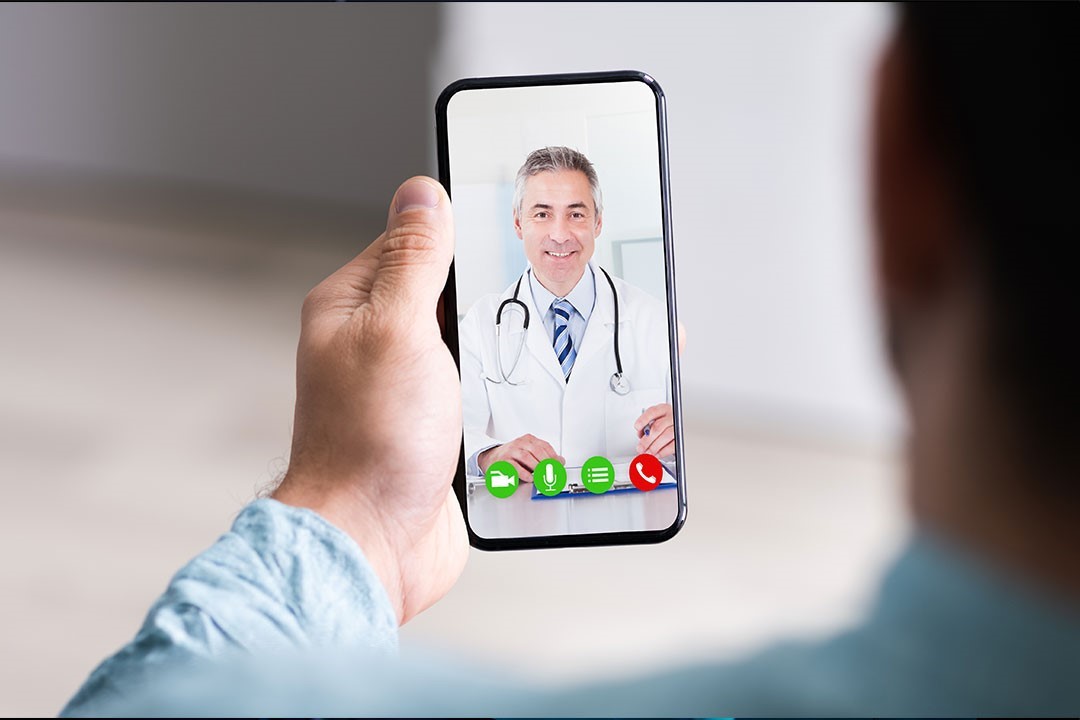Revolutionizing Healthcare Delivery: The Power of Telemedicine 2.0 for Businesses

25 Jul
2023
Telemedicine has emerged as a game-changer in the healthcare sector, providing remote medical consultation and treatment options. With the evolution of Telemedicine 2.0, businesses in the healthcare sector are witnessing a transformation in healthcare delivery. In this article, we will explore the multitude of benefits, challenges, and prospects of Telemedicine 2.0 in the healthcare industry. We will touch on the ways it enhances patient care, expands market reach, and streamlines operations, ultimately revolutionizing the healthcare landscape.
Unlocking New Market Opportunities:
Telemedicine 2.0 opens up exciting avenues for businesses to tap into previously untapped markets. By providing remote healthcare services, companies can extend their reach beyond traditional brick-and-mortar facilities. This expansion into new geographical areas enables businesses to serve a larger patient population and potentially increase their market share. Additionally, Telemedicine 2.0 allows healthcare providers to offer specialized services to niche markets, catering to specific medical conditions or demographics.
As per a recent report by Allied Market Research, the telemedicine market is poised for robust growth and is anticipated to yield a considerable CAGR from 2021 to 2030.
Streamlining Operations and Efficiency:
Implementing Telemedicine 2.0 solutions can streamline business operations and improve overall efficiency. By reducing the need for in-person visits, healthcare providers can optimize their scheduling and resource allocation. Virtual consultations and remote patient monitoring minimize wait times and optimize healthcare professional workflows. Furthermore, the integration of electronic health records (EHR) systems within Telemedicine 2.0 platforms allows for seamless access to patient information, enhancing the continuity of care and reducing administrative burdens.
Enhancing Collaborative Care:
Telemedicine 2.0 facilitates effective collaboration among healthcare professionals, breaking down geographic barriers and enabling seamless information sharing. Through secure video conferencing and messaging platforms, multidisciplinary teams can collaborate in real-time, discuss complex cases, and make well-informed decisions. This enhanced collaboration improves patient outcomes by harnessing collective expertise, ensuring comprehensive and coordinated care.
Leveraging Data-driven Insights:
Telemedicine 2.0 generates vast amounts of data that can be harnessed to drive actionable insights and support evidence-based decision-making. By leveraging data analytics and AI algorithms, businesses can identify patterns, trends, and potential risk factors in patient populations. This empowers healthcare providers to offer personalized care plans, preventive interventions, and targeted health education programs. Data-driven insights not only improve patient outcomes but also enable businesses to optimize resource allocation and financial planning.
Summing up:
Telemedicine 2.0 represents a transformative shift in healthcare delivery. By unlocking new market opportunities, streamlining operations, fostering collaborative care, and leveraging data-driven insights, businesses in the healthcare sector can enhance patient care, expand their market reach, and achieve operational excellence. Embracing Telemedicine 2.0 opens up a world of possibilities for businesses, ultimately revolutionizing the healthcare landscape and ensuring that quality healthcare is accessible to a wider population.

Koyel Ghosh
Author’s Bio- Koyel Ghosh is a blogger with a strong passion and enjoys writing in miscellaneous domains, as she believes it lets her explore a wide variety of niches. She has an innate interest in creativity and enjoys experimenting with different writing styles. A writer who never stops imagining, she has been serving the corporate industry for the last five years.
Avenue: Entire Library membership of Allied Market Research Reports at your disposal
- Avenue is an innovative subscription-based online report database.
- Avail an online access to the entire library of syndicated reports on more than 2,000 niche industries and company profiles on more than 12,000 firms across 11 domains.
- A cost-effective model tailored for entrepreneurs, investors, and students & researchers at universities.
- Request customizations, suggest new reports, and avail analyst support as per your requirements.
- Get an access to the library of reports at any time from any device and anywhere.
Related Post
-
How are Submarine Cables Transforming Global Connectivity with Enhanced User Experience?
-
Endoscopy Procedures: Transformations in Techniques and Applications
-
AI-Powered Video Analytics: How the Product Actually Works for enterprises
-
Painting Robots: Transforming Precision Coating and Creative Applications
-
Innovations in Pharmacovigilance Systems Advancing Patient Safety
-
Understanding Edge Security: Keeping Data Safe Near the Source
-
Exploring the Use and Advancements of 3D Laser Scanners in Professional Applications
-
Reinforcing Industrial Controls with Smarter Tools and Training








